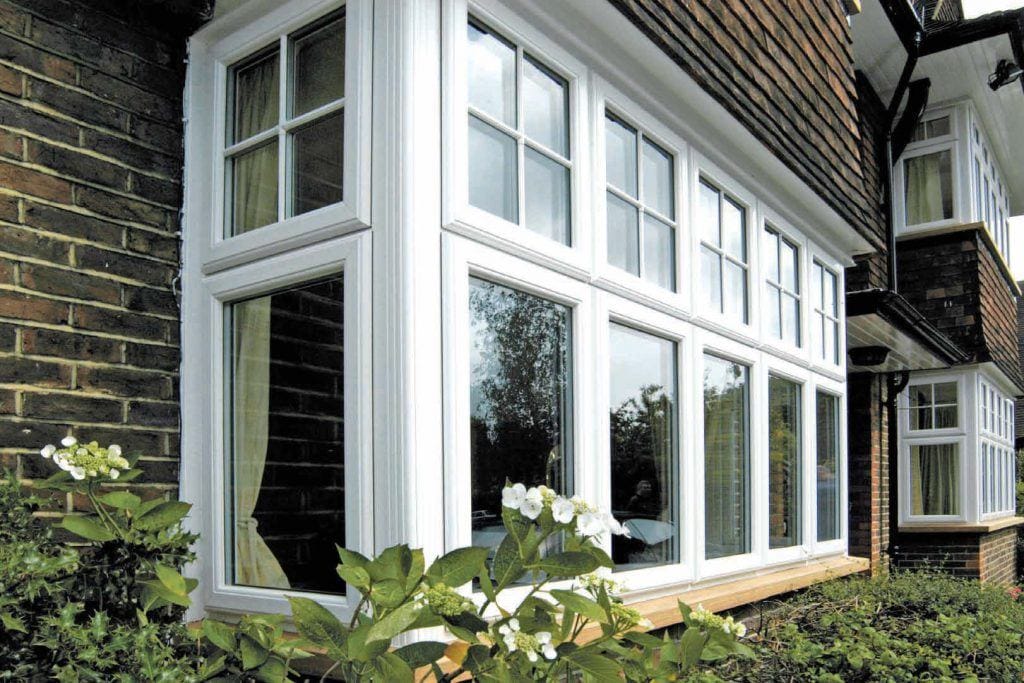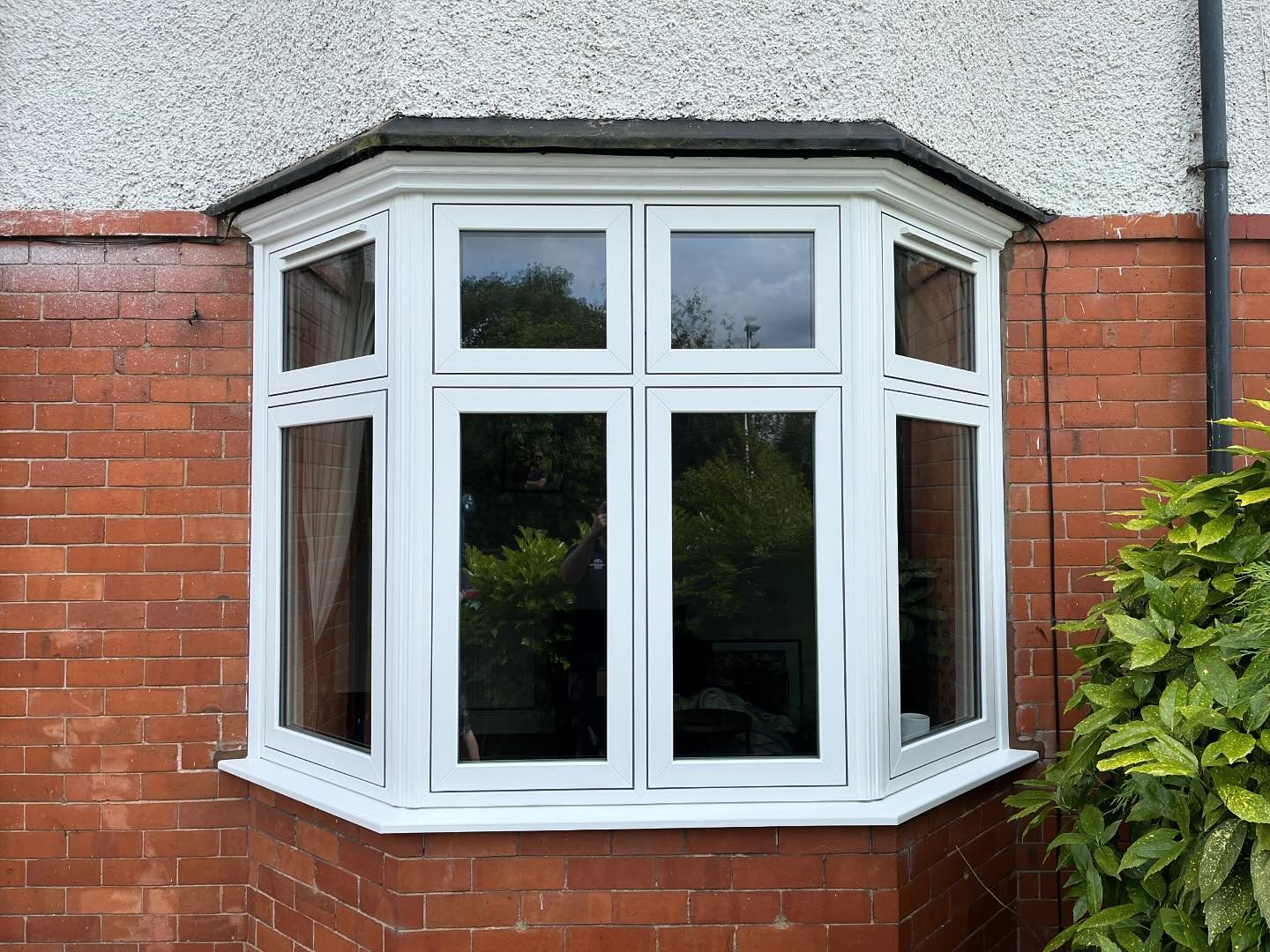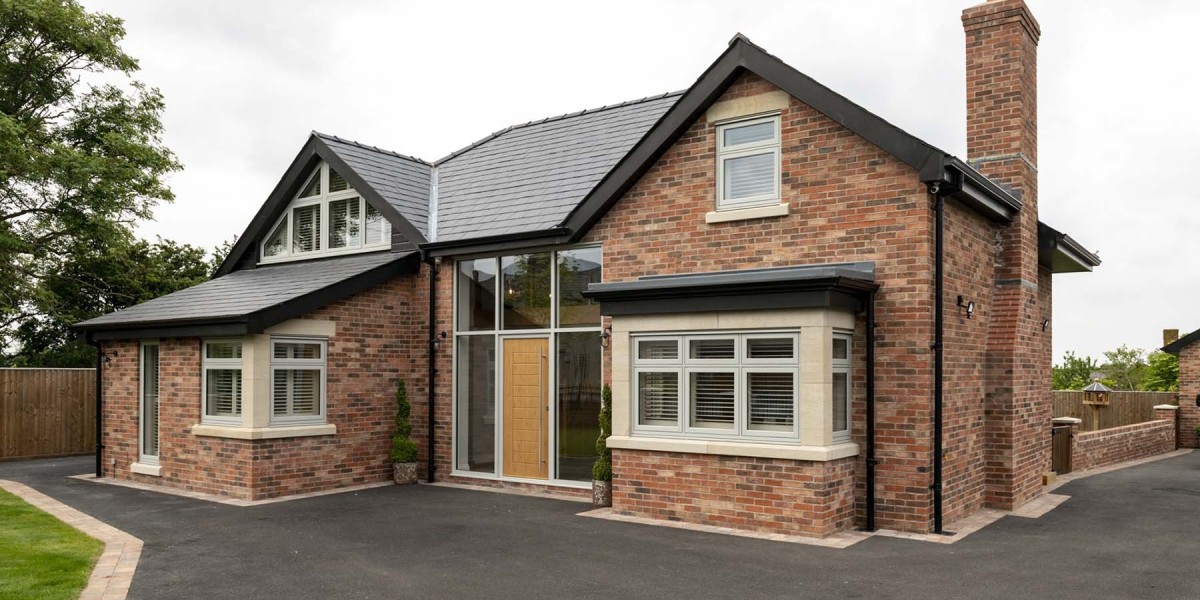Introduction
Glass partitions have become an increasingly popular choice in modern architecture and interior design. They serve as effective barriers that delineate spaces while allowing light to flow freely, creating an open and airy environment. This study report explores the various aspects of glass partitions, including their benefits, applications, types, installation processes, and emerging trends in design and technology.
Benefits of Glass Partitions
1. Aesthetic Appeal
One of the primary advantages of glass partitions is their aesthetic appeal. They contribute to a contemporary and sleek look, making spaces feel more sophisticated. The transparency of glass can enhance the visual flow within a building, allowing for an expansive feel even in compact areas.
2. Natural Light Utilization
Glass partitions maximize the use of natural light, reducing the need for artificial lighting during the day. This not only creates a more pleasant working environment but also contributes to energy savings, making glass partitions an eco-friendly option.
3. Space Optimization
In urban environments where space is at a premium, glass partitions provide a way to create distinct areas without the bulk of traditional walls. They can be used to create private offices, meeting rooms, or collaborative spaces without sacrificing the overall openness of the layout.
4. Acoustic Performance
Modern glass partitions can be designed with soundproofing features, effectively reducing noise levels between different areas. This is particularly beneficial in office settings where concentration is essential. Acoustic glass can be used to ensure privacy while maintaining an open feel.

5. Flexibility and Adaptability
Glass partitions can be easily reconfigured to adapt to changing needs within a space. They can be moved or replaced without the need for extensive renovations, making them an ideal solution for businesses that may need to adjust their layouts frequently.
Applications of Glass Partitions
1. Office Spaces
Glass partitions are widely used in corporate environments to create private offices, conference rooms, and collaborative workspaces. Their ability to foster communication while providing privacy makes them a favored choice in modern office design.
2. Retail Environments
In retail, glass partitions can be used to create distinct zones within a store, enhancing the shopping experience. They allow customers to see different sections of the store while maintaining a sense of organization.
3. Hospitality Industry
Hotels and restaurants utilize glass partitions to create intimate dining areas or to separate different functions within a space. The use of glass can enhance the overall ambiance and provide guests with a sense of privacy without feeling closed off.
4. Healthcare Facilities
In healthcare settings, glass partitions can be used to create private examination rooms or waiting areas while ensuring visibility for staff. This fosters a sense of security and comfort for patients while maintaining the functionality of the space.
5. Educational Institutions
Schools and universities are increasingly incorporating glass partitions to create flexible learning environments. They can be used to create study areas, classrooms, or collaborative spaces that promote interaction among students.
Types of Glass Partitions
1. Framed Glass Partitions
Framed glass partitions consist of glass panels held within a metal framework. This type provides structural support and is often used in commercial settings. They can be customized with various finishes and colors to match the interior design.
2. Frameless Glass Partitions
Frameless glass partitions offer a sleek and minimalistic look, with glass panels installed without visible frames. This type enhances the feeling of openness and is often used in high-end residential and commercial projects.

3. Movable Glass Partitions
Movable or operable glass partitions are designed to be flexible and can be moved to create different configurations within a space. They are ideal for environments that require adaptability, such as conference centers or event spaces.
4. Acoustic Glass Partitions
Acoustic glass partitions are specially designed to reduce sound transmission between spaces. They are particularly useful in settings where privacy and noise control are essential, such as offices and healthcare facilities.
Installation Process
The installation of glass partitions involves several key steps:
- Planning and Design: Initial consultations are conducted to determine the layout and design requirements. This includes selecting the type of glass, frame, and any additional features such as sliding Doors By Ideal Glass or integrated technology.
- Site Assessment: A thorough assessment of the installation site is conducted to ensure the structural integrity and compatibility of the existing environment with the proposed glass partitions.
- Fabrication: Once the design is finalized, the glass panels and frames are fabricated according to specifications. This may involve cutting, tempering, and finishing the glass.
- Installation: Skilled installers will carefully position and secure the glass panels, ensuring they are level and properly aligned. This step may also involve the installation of hardware such as hinges, locks, and tracks for movable partitions.
- Finishing Touches: After installation, any necessary finishing touches are applied, such as sealing edges and cleaning the glass to ensure a pristine appearance.
Emerging Trends in Glass Partitions
1. Smart Glass Technology
The integration of smart glass technology is revolutionizing the use of glass partitions. Smart glass can change opacity with the touch of a button, allowing users to switch between transparent and frosted states for privacy as needed.
2. Sustainable Materials
As sustainability becomes a priority in construction and design, manufacturers are increasingly offering glass partitions made from recycled materials or those that contribute to energy efficiency.
3. Customization and Personalization
With advancements in printing technology, glass partitions can be customized with graphics, patterns, or branding elements, allowing businesses to create unique and personalized environments.
4. Biophilic Design
Incorporating elements of nature into design has gained popularity, and glass partitions can be used to create connections to the outdoors. This includes integrating natural light and views of greenery, which can enhance employee well-being and productivity.
Conclusion
Glass partitions offer a versatile and aesthetically pleasing solution for modern architectural needs. Their benefits in terms of aesthetics, natural light utilization, space optimization, and adaptability make them a preferred choice across various industries. As technology advances, the potential applications and designs of glass partitions will continue to evolve, further solidifying their place in contemporary design. Understanding their advantages, types, and installation processes will enable architects, designers, and businesses to make informed decisions when integrating glass partitions into their spaces.








